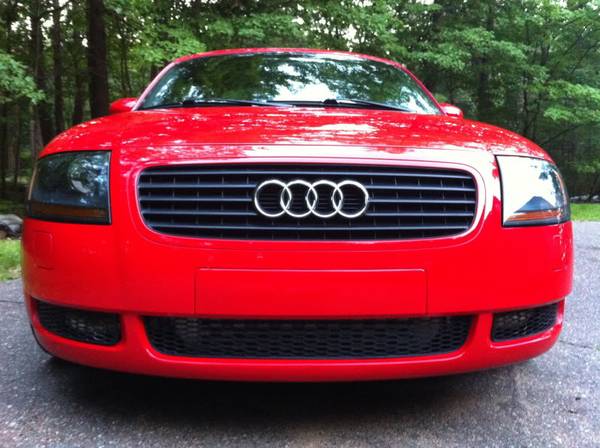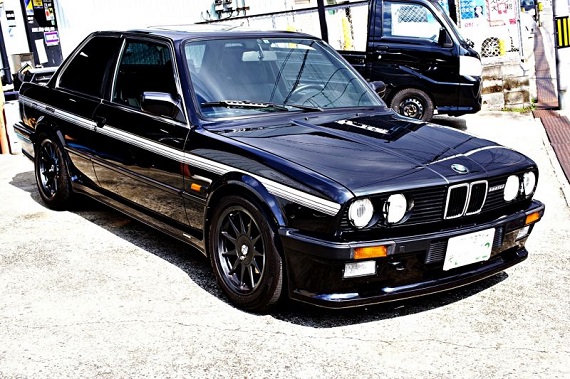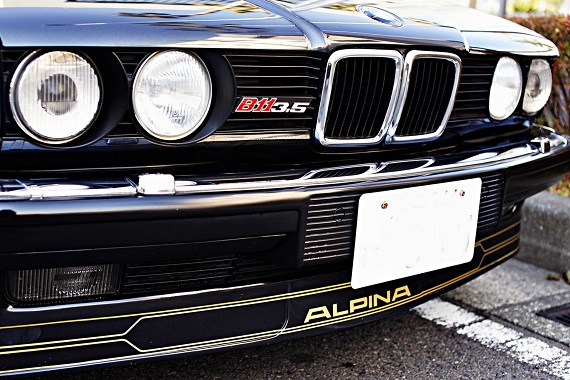You could be forgiven for thinking that the VAG 1.8 liter turbocharged motor was the go-to motor for the company in the late ’90s and early 00s. It appeared nearly everywhere in the U.S.; the Golf, Jetta, GTi, GLi, Passat, Beetle, Audi A4 and Audi TT all received the forced-induction unit. And that was just in the U.S.; go to Europe, and you’d find many more models and even other companies with the venerable motor. You’d also be forgiven for thinking they were all the same – however, a pause for thought would tell you they couldn’t be. First off, there were the drive train configurations; the Golf-based variants have their engines mounted horizontally, while the Audi A4-based cars have them longitudinally. Then there is the output that was available from the factory; the 1.8T started with 150 horsepower and ended with 240 horsepower in the highest output TTs. Immediately, you’d think they had just turned up the boost, but in fact there were a host of changes to the 225 horsepower motors to help sustain the increased pressure. There are, in fact, no less than 13 distinct versions of the 1.8T from that generation. All shared the same basic structure; cast iron block, 20 valve head with a single turbocharger; but details including injection, computers and engine management and breather systems vary in between each of the models. The Audi TT was the only one to offer various engine outputs though; available in either 180 horsepower or 225 horsepower versions, the later of which was pared with a 6-speed manual and Haldex viscous-coupling all-wheel drive. Though heavy, they were nonetheless sprightly thanks to the turbocharged mill. I’ve said for some time now that I think these will eventually be more collectable as they were an important part of the development of the company, yet few remain in good shape. Were I going to get one, I’d opt for one of the 2002 special edition coupes; the ALMS edition, launched to celebrate the American Le Mans Series victory by Audi’s R8 race car. Available in two colors, Misano Red with Silver Nappa leather or Avus Silver Pearl with Brilliant Red Nappa leather, they were mostly an appearance package but also received special 18″ “Celebration†alloys and were limited to 500 examples:
Author: Carter
Well, GCFSB faithful, “ExoticCarsJapan” has provided us with a bit of a headscratcher today. I’m continually mystified by the seemingly endless amount of original and perfect condition Alpina, Hartge, AMG and Ruf cars that come out of Japan. It’s as if they were all bought and stuck in a storage container, awaiting their certain increase in value. And right now, it doesn’t get much hotter than the E30 market is in terms of number of people interested and number of cars coming to the market. Like some of the rare Alpina models we’ve previously covered, here’s a real-deal Hartge. The strange part, from what I can tell however, is the badge which matches the VIN plate – it reads H26 SP. What’s strange about that is that this car appears to be slightly different than most of the H26s – and I can’t find any actual information on the H26 SP:
CLICK FOR DETAILS: 1986 Hartge H26 on eBay
1 CommentThe 1989 E32 Alpina B11 3.5/1 from January is back! After failing to sell in a reserve auction, the seller has moved to a no reserve format and with about two days to go, this rare 7 has crested $10,000. Last time around I guessed that the car would struggle to break past $12,000 – around where I thought the reserve was set. Where do you think it will end up?
CLICK FOR DETAILS: 1989 Alpina B11 3.5/1 on eBay
The below post originally appeared on our site January 27, 2015:
Comments closed
1938 Coppa Acerbo – Mercedes-Benz W154s and Auto Union Type Ds leave the starting line
We’re going to run something a bit special over the coming few weeks; a bit of a history lesson. In light of the 2014 championship for Mercedes-Benz in Formula 1, I wanted to revisit some research I did in 2003-2004 as part of a Master’s program at the University of Cambridge. We take it for granted that large corporate sponsors and major automobile manufacturers engage in motorsports as a natural outlet and expression of their engineering prowess in order to help sell brand identity, brand loyalty and ultimately sell more cars, trucks and motorcycles. Yet, there was a period where this was not a certainty – indeed, in the early 1920s it was still presumed that racing was an endeavor only rich gentlemen partook in, much like horse racing. But the combination of two companies competing against each other, a government eager to tout the superiority of its products, and new technologies all combined in a very special period during the early 1930s. The reign of the Silver Arrows was only halted by the outbreak of war, yet during that period of roughly 6 years we saw some of the fastest, most powerful and most exotic designs be innovated by the two German marques that the world has ever witnessed. The Mercedes-Benz W125 would remain the most powerful Grand Prix car for 50 years, until the 1980s turbo era, and properly streamlined, they still hold closed-course records in Germany at 270 m.p.h. on the public Autobahn. The spectacle held not only Germans attention, but all of Europe looked on as these two Goliaths tried to outsmart and outspend each other. Ultimately, they went to extremes to prove their dominance and win the favor of the German people – but more importantly, the German government, who by the late 1930s increasingly held the purse strings to valuable commodities needed for the production of automobiles. The following tells the tale of how the two German marques became involved in Grand Prix racing, how successful each was, and problems and challenges they faced along the way. It’s told from more of an economic standpoint, to help to explain why the two firms would race Grand Prix cars when neither offered a sports car for sale to the public. For the purposes of this blog, I’ve removed the citations and many of the quotations (most of which are in original German) as this is already quite long. I hope you all enjoy it, and if you have any specific questions please leave comments and I’ll do my best to answer them! Without further ado…
6 CommentsWhile as of late I have not been a huge fan of the early M3 market or the resulting insanity involving all-things E30, I have to admit a very soft spot for the box-flared high-revving wonder. I’ve loved the E30 M3 since I first learned of their existence; trips to the track in the early 1990s with my father only heightened my respect for what was really one of the few track-ready cars out of the box. Back then, it wouldn’t be uncommon for half or more of the instructor group to be zipping around the track in one of the many M3s that would turn up to hot lap. I even remember one of the first times I got to lap around Lime Rock was in a M3. On the back straight (No Name, which ironically is named and isn’t a straight) I looked over at the first kink in horror as the driver, a soft spoken friend of my father’s, whipped the M3’s engine into a frenzy above the indicated redline. Surely, pistons would emerge from the hood in just a moment – but they didn’t, and with reckless abandon he flung the car into the uphill, barely lifting off the throttle for turn-in, then cresting the hill with a touch of opposite lock and the wheels spinning. That’s what the M3 did – it turned otherwise normal, law abiding individuals into hooligans. But it was because of the natural balance, the race-bred motor and the success on the track that this car encouraged you to drive it at 10/10ths. Or even, occasionally, 11/10ths – plenty have encountered hard objects in their lifetime. But now, these cars are no longer the go-to track rat they once were; they’ve become collector royalty – and few are as collectable as the special editions like this Evolution II:






